
BP will probably sound familiar to you already if you are a translator or interpreter. It is a brilliant translation conference, organised on an annual basis by Csaba Bán since 2014: BP14 in Budapest, Hungary; BP15 in Zagreb, Croatia; BP16 in Prague, Czech Republic; BP17 again in Budapest; BP18 in Vienna, Austria. This year it was Bologna’s turn, in Italy, where the main conference was held on May 2nd and 3rd, preceded by several workshops on May 1st. It has been my first BP and surely not my last one.
What does BP stand for?
According to the BP story available on the website, BP stands for ‘business + practice’, even though it has been commonly associated with ‘badass polyglot’ and ‘bright & professional’, but also ‘birthday party’ (since this year the first conference day was Csaba’s birthday).
May 1st
On May 1st, the following four different workshops were offered. Unfortunately I only arrived in the evening for the welcome reception, so I cannot share my impressions.

May 2nd
On May 2nd, speakers were divided in three tracks (always very hard to choose just one session) and gave one-hour-long talks.
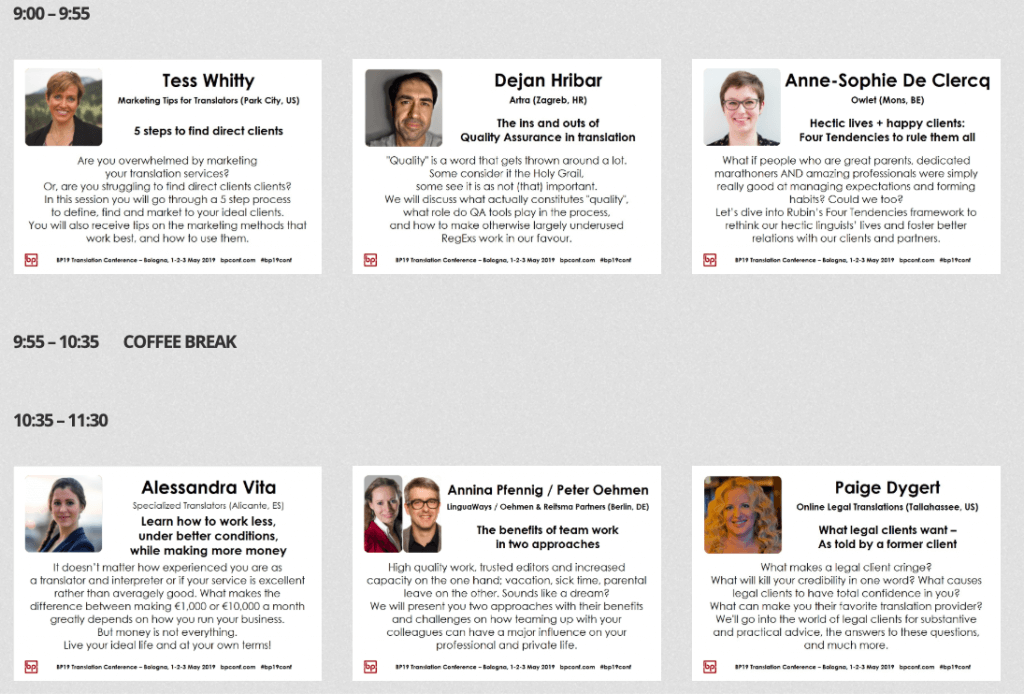
My day started with Tess Whitty‘s session on how to find direct clients (here you can read the full thread on Twitter):

1) To find ideal direct clients, try to clone the ones you already have to get similar ones (only if you like the ones you have, otherwise skip the first step!).
2) Find where your ideal clients are and put yourself in their shoes.
3) Help them know EXACTLY what your brand is all about (e.g. use testimonials or surveys).
4) Decide on where to look for clients (e.g. go to industry events).
5) Pick 2-3 marketing methods that work for you (e.g. get published in clients’ journals; contact them on social media; send warm emails; call them; get a website, and also a LinkedIn account).
After listening to her podcast for ages when driving to interpreting assignments, it was great to finally meet her in person.

Then I apparently didn’t have much choice but to attend my own talk, on practical strategies to try to work less, under better conditions, while making more money (the ideal goal of every freelancer, I guess).


Later I attended Alice Bertinotti‘s session on remote interpreting (here you can read the full thread on Twitter). Alice started talking about the history behind this phenomenon, with its first use in 1973 in Australia.

Then we moved to the related terminology: ‘distance interpreting’ can be with a direct view (‘teleconference interpreting’: ‘videoconference’ or ‘audioconference interpreting’) or without it (‘remote interpreting’: ‘video’ or ‘audio remote interpreting’).
After seeing the different possible setups, technical requirements and infrastructure, we saw its challenges (e.g. liability; obstacles to an effective communication; more stress and fatigue for interpreters compared to onsite assignments, even when good conditions are provided; etc.).
After very tasty tortellini for lunch, I found the Excel session by Javier Ortiz, a fellow interpreter, extremely interesting (here you can read the full thread on Twitter). I am an Excel-geek myself and love checking the cost-effectiveness behind each project, but Javier and his partner, Adam, use it at a whole other level!
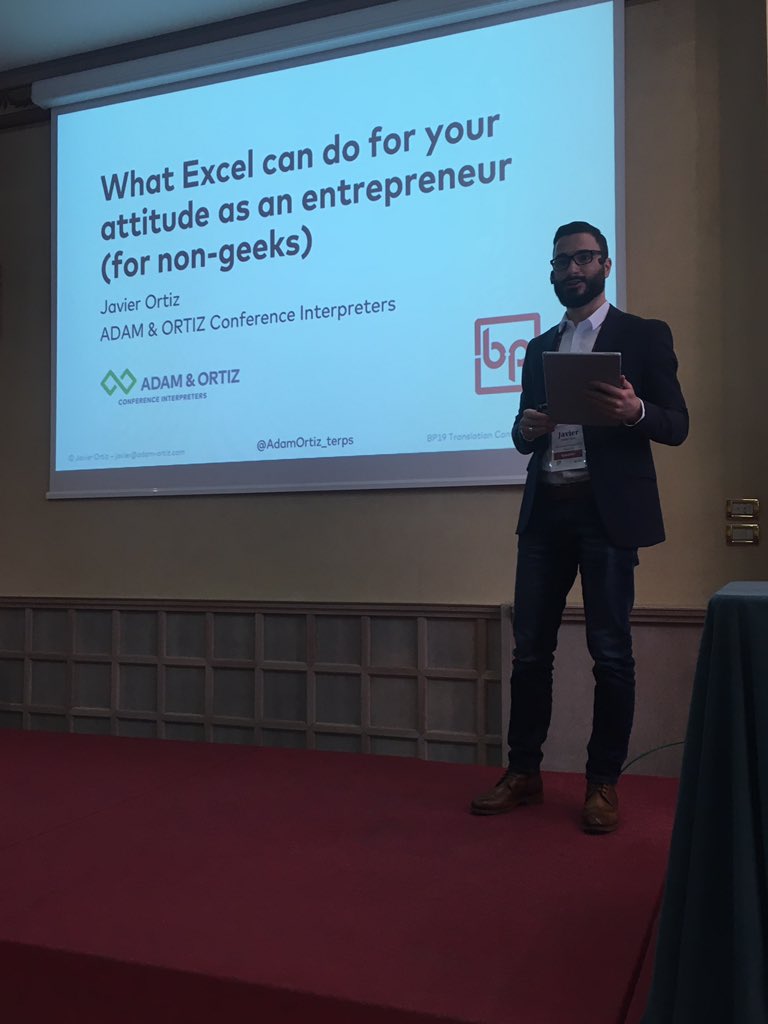
They track their working time with the app atWork to know exactly for which activity they’re using it, whether billable or not. With Excel formulas, among many aspects, they can see exactly how cost-effective a project is taking into account both billable and non-billable hours; where their income comes from exactly, and so on. I will surely implement some of what they are doing to gain more insights on my business.
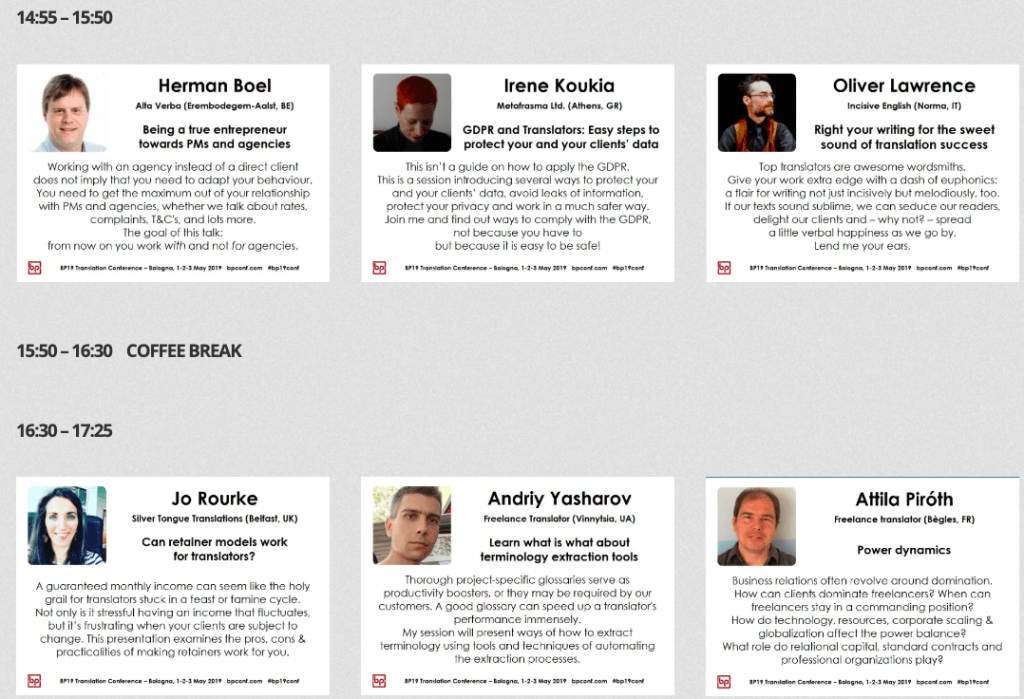
Irene Koukia talked then about how to backup and protect our data in a GDPR-compliant way. For example, she does a daily backup of her files on Dropbox or Google Drive, among others, and then she adds a second layer of GDPR-compliant encryption, for example with Boxcryptor.
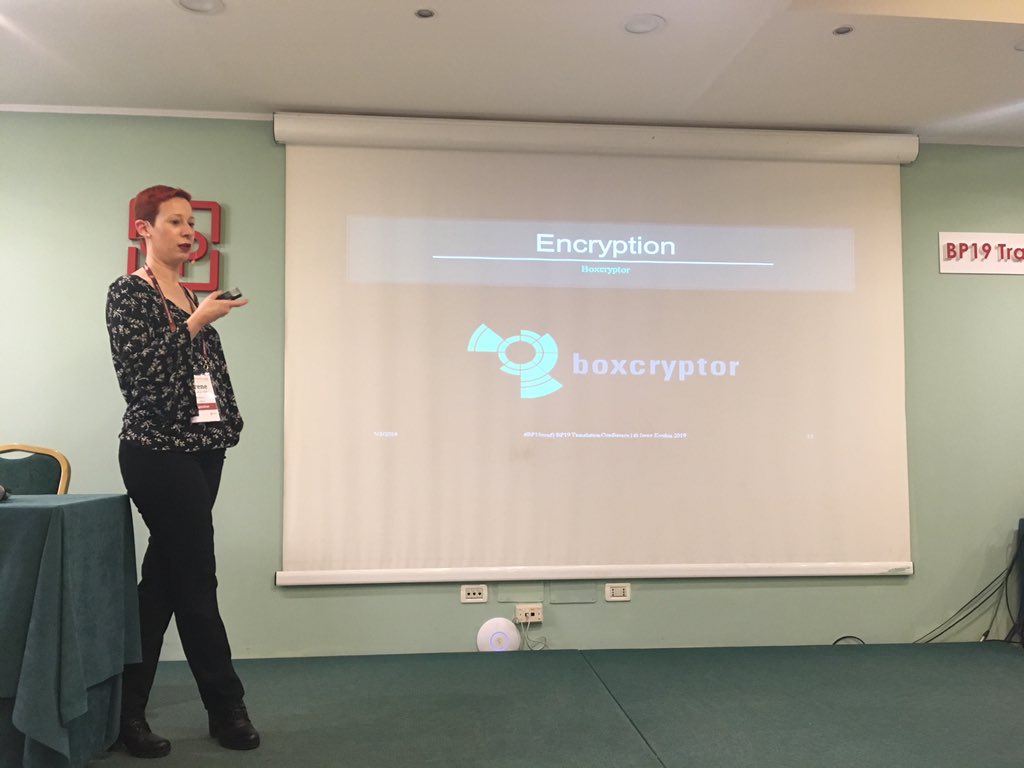
The final session of the day I attended was Jo Rourke‘s talk on retainers. She is indeed an amazing and extremely-funny speaker; plus, the topic was very far from usual, so the attention was constantly high (here you can find the full thread on Twitter).
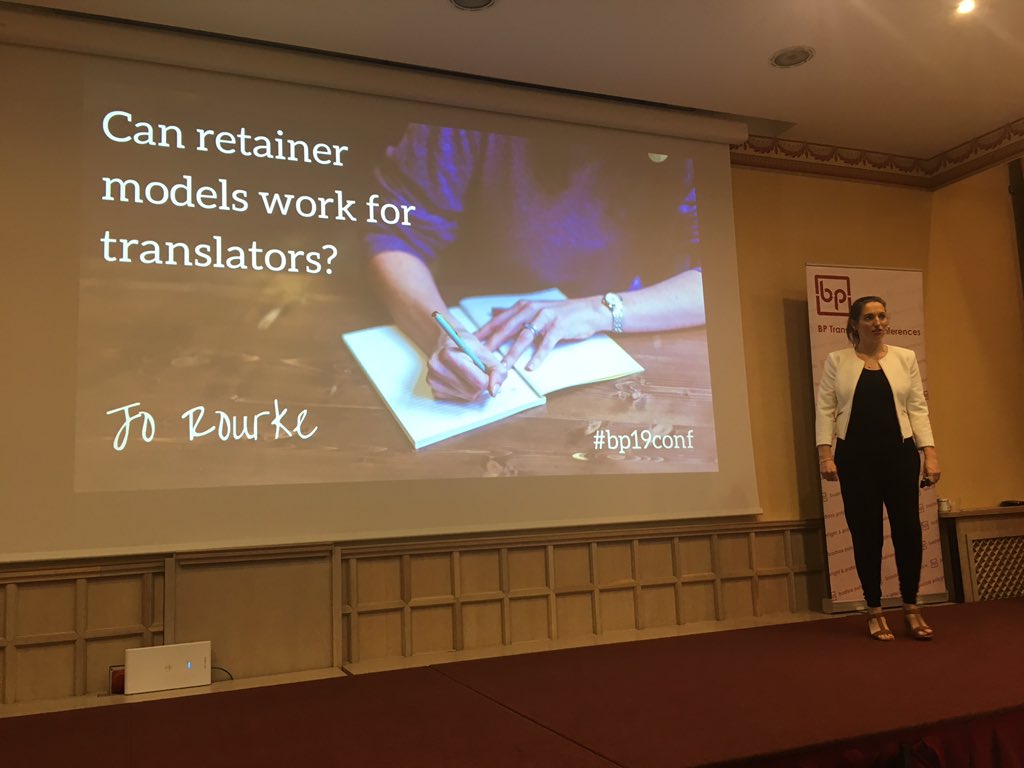
Retainers should only be used in certain situations, with only specific clients (the ones who pass her 4 Rs: Relationship, Reliability, Return on investment, and Reward), and only if it is a win-win situation for both her and the client, with the following benefits:
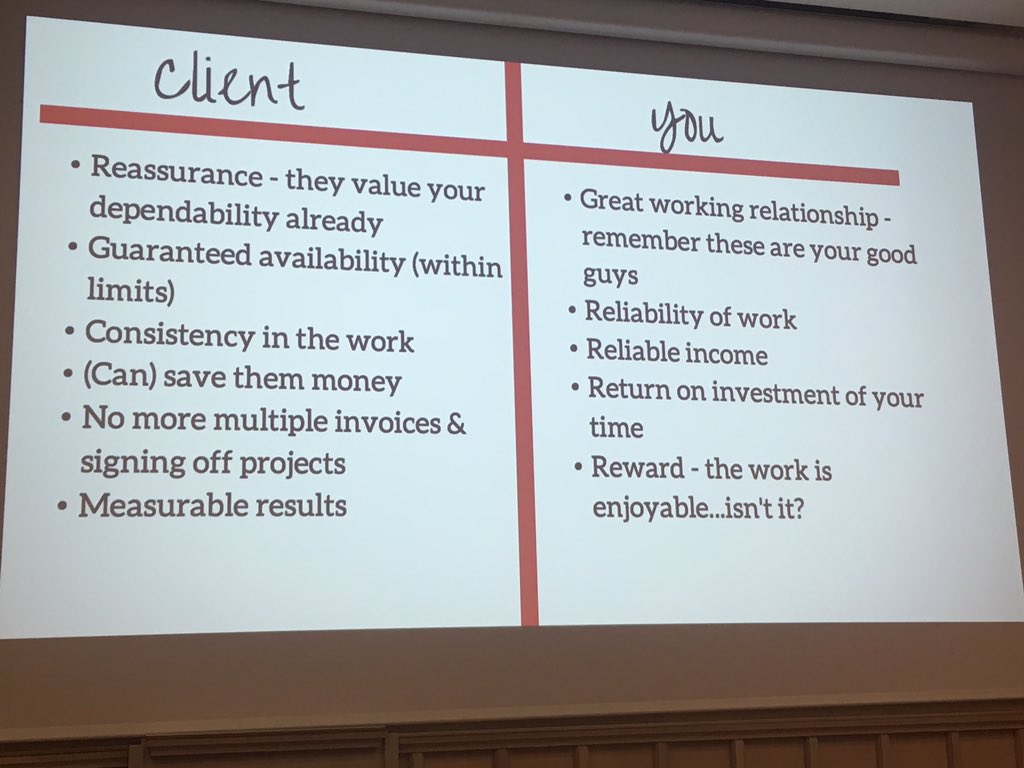
Only certain kind of work and documents can fit well with a retainer model. Furthermore, you should clarify very well beforehand the expectations, the scope of the work, the availability, etc. In any case, it is recommendable to start with a test period, and to go on with it only if the experience has been positive for both.
May 3rd
The last day was easier because we didn’t have tough choices to make. We were all grouped in a single room, in which all speakers gave 20-minute talks, moderated by the former-translator and funny comedian, Konstantin Kisin.

The day started with Caroline Alberoni on how to impress clients and make them fall in love with you (here you can read the full thread on Twitter). Caroline recommended that we should never leave our clients in the dark. We should inform them of future unavailabilities in advance and set OoO replies, as well as let them know of any issues during a project.
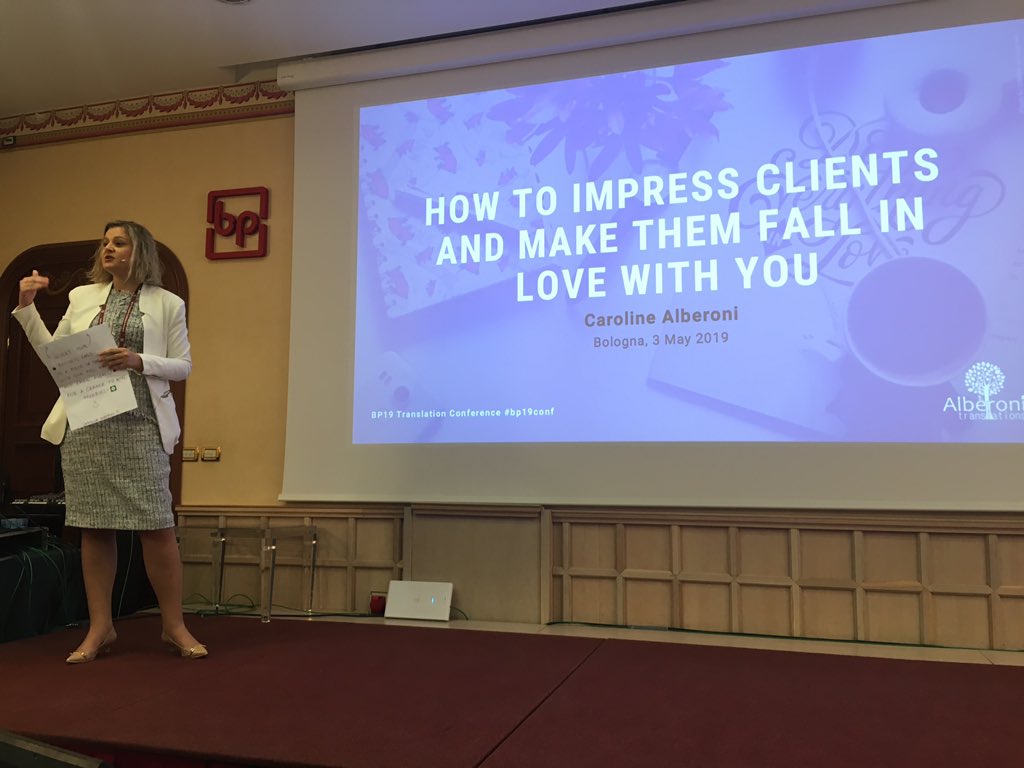
We should adapt to their needs and to their way of working, even when it is not ideal for us (e.g. receiving a translation as text in an e-mail, instead of a Word attachment). We should also mirror the tone clients use to speak to us. To stand out, we should go the extra mile: deliver earlier when possible; notify typos in the source; etc. Caroline reminded us that it all comes down to empathy and that a smile can do wonders. If we work like machines, we’ll be replaced by them.
Olga Jeczmyk-Nowak spoke about how to get more clients in a non-spammy way (here you can read the full thread on Twitter). She recommended having a strong online visibility and studying about our clients to offer a customised solution and stand out from our competitors.
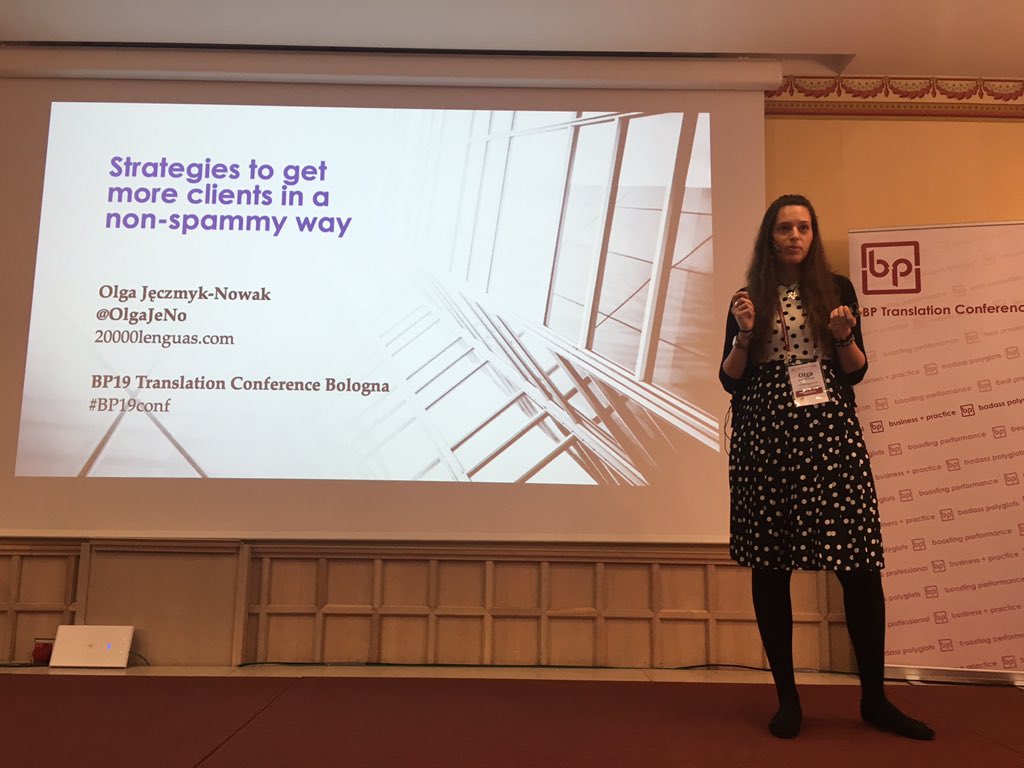
After Olga, it was the turn of Susanne Präsent-Winkler on how to raise our rates. She underlined that our prices are not equal to our income, since a big part ends up as taxes (according to her, we can also remind clients of this when they complain about our fees). A good tip she gave is listing in our quotes and invoices all the phases related to the job to make us stand out from the competition. Our service will look more comprehensive.
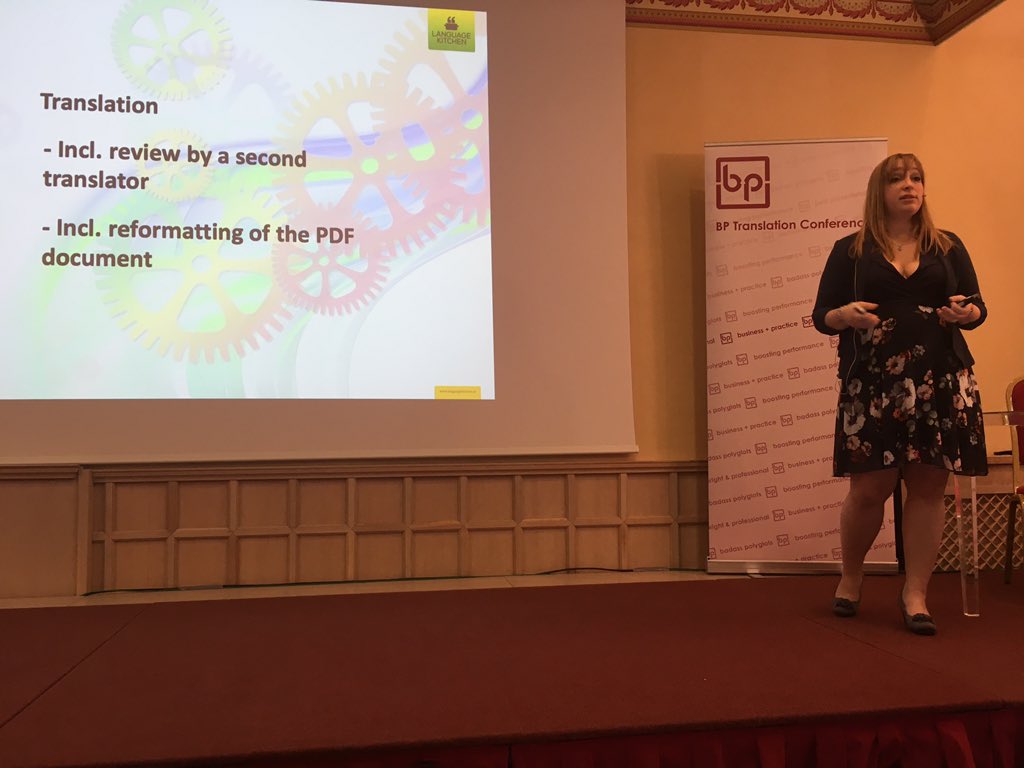

Peter Oehmen spoke about how to deal with difficult customers. Conflicts might be due to differences in perception, scarce or limited resources, unfair treatment, or independent work. There are different strategies to deal with conflicts, a good one being compromising and the ideal one being finding consensus.
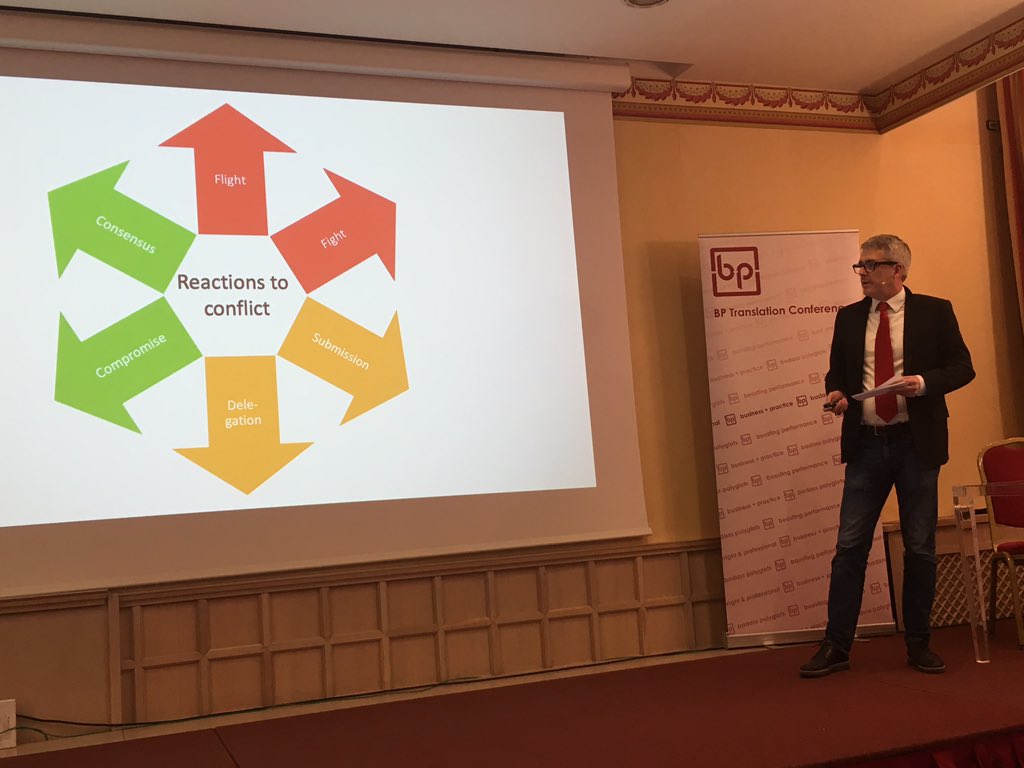
Jaquelina Guardamagna‘s session was on soft skills, which are a mixture of inter- and intra-personal skills, or “people skills” (here you can read the full thread on Twitter).
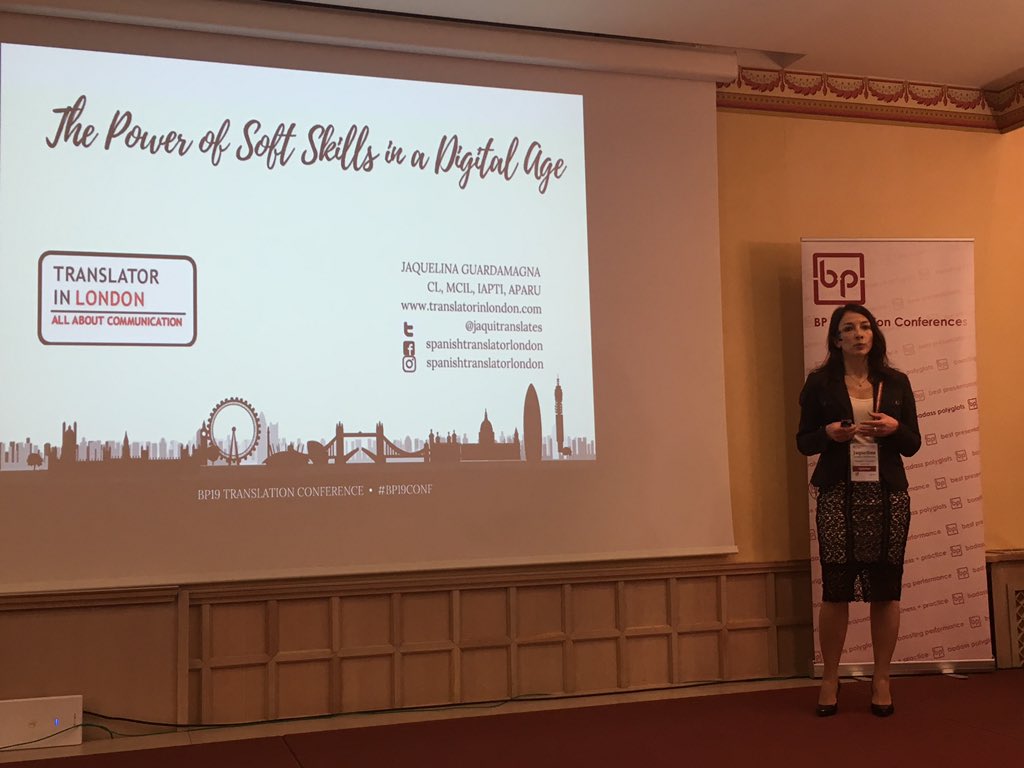
She regards them as key for our business, and they can be used to soft sell, namely “a sales approach that features subtle language and a non-aggressive technique.”

Magda Phili‘s topic was instead self-promotion. According to her, we should find the method that best works for us and that is compatible with our personality. She also underlined that humility, collaboration, and perseverance are the key ingredients to become a top-notch translator.
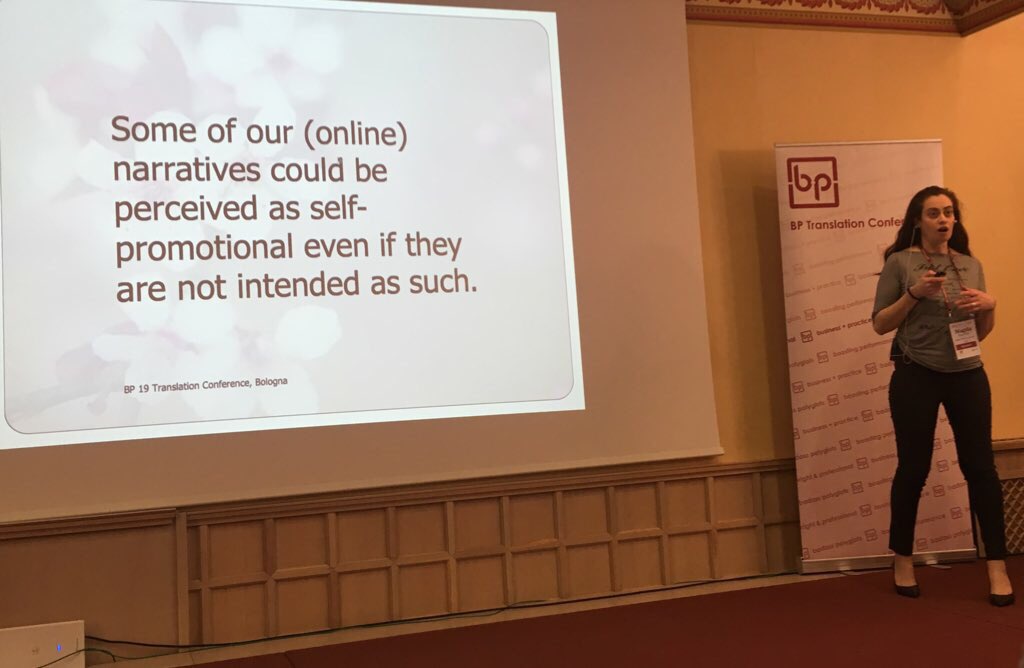
I truly loved Vasiliki Prestidge‘s storytelling session on professionalism, where she shared several fun anecdotes to make her point (here you can read the full thread on Twitter).
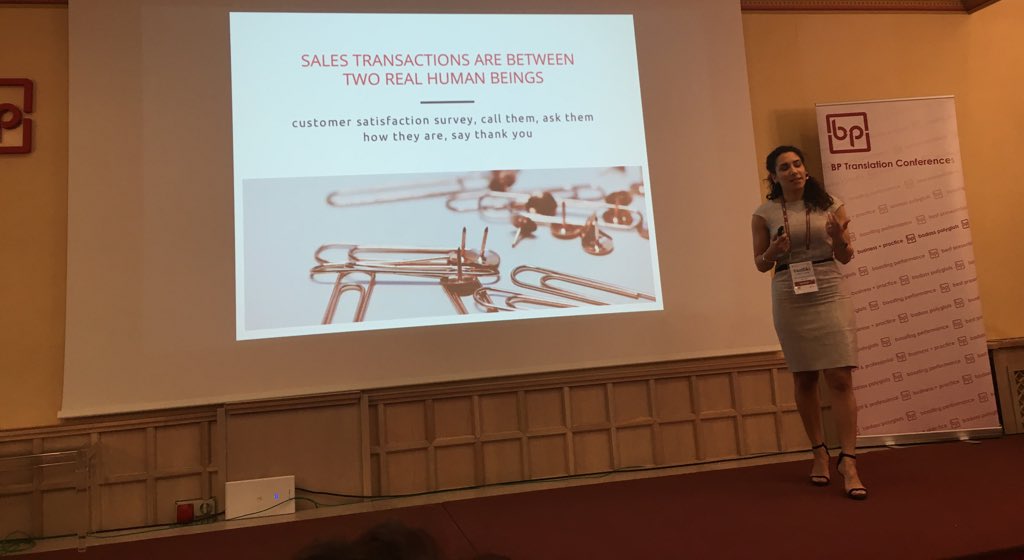
Our work clearly doesn’t end with an invoice. We have to make sure that our clients are satisfied and say thank you once in a while. We should treat all our clients with the same amount of professionalism (we never know who is our “golden package”, in reference to the Fedex ad). We are the most valuable asset of our business; so we should act as one.

Sherif Abuzid shared with us some productivity hacks (here you can read the full thread on Twitter).
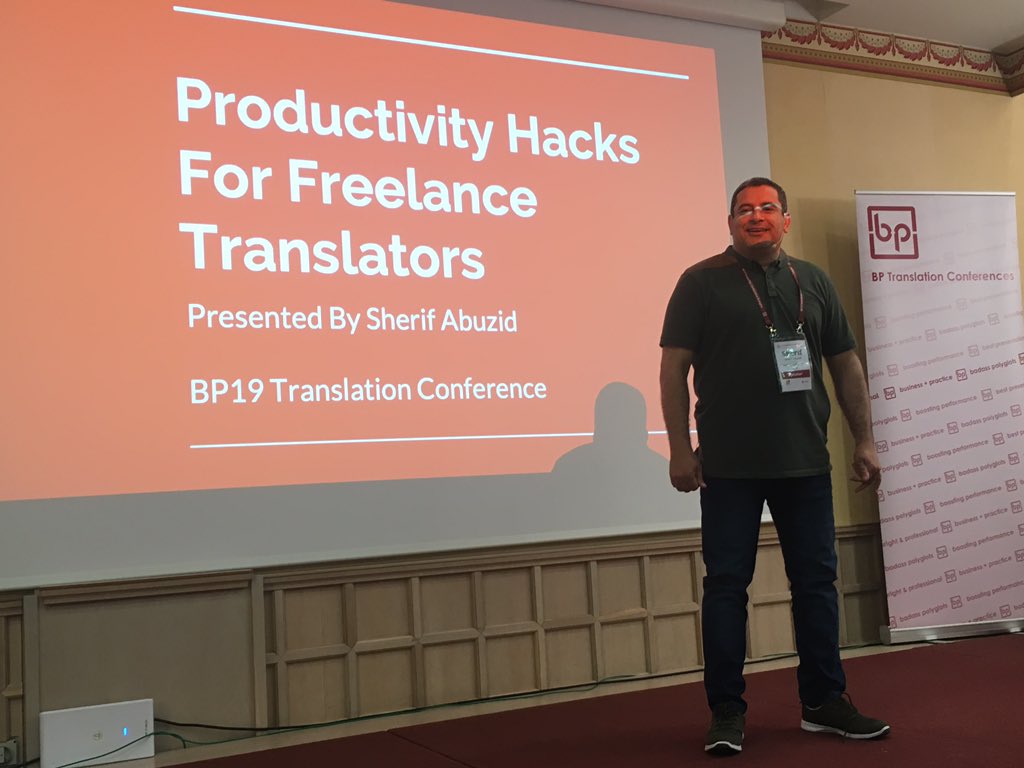
One is following the deep work principle, a “process of performing ‘professional activities… in a state of distraction-free concentration that pushes your cognitive capabilities to their limit…'”. In other words, he recommends mono-tasking to get in the flow. We can apply this principle by planning for tomorrow (only 5 minutes needed), focusing on goals rather than only on tasks, and setting tight deadlines for all activities. He underlined that it’s not the quantity of tasks we do that matters but rather if they are important for us and our business.
Francesca Manicardi mentioned the importance of diversification, listing some pros and cons of providing several services instead of only one or two.
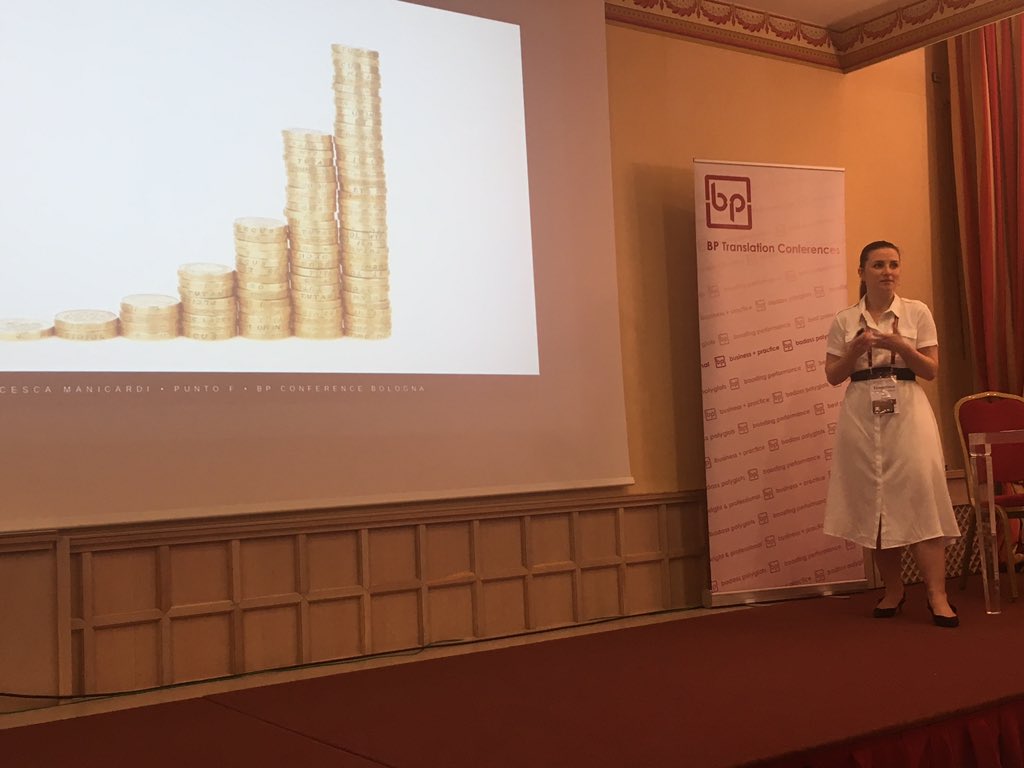
Timothy Barton‘s talk was about translation in developing countries, whether it is a threat or an opportunity. Since many of us are not familiar with certain markets, it was an interesting topic.
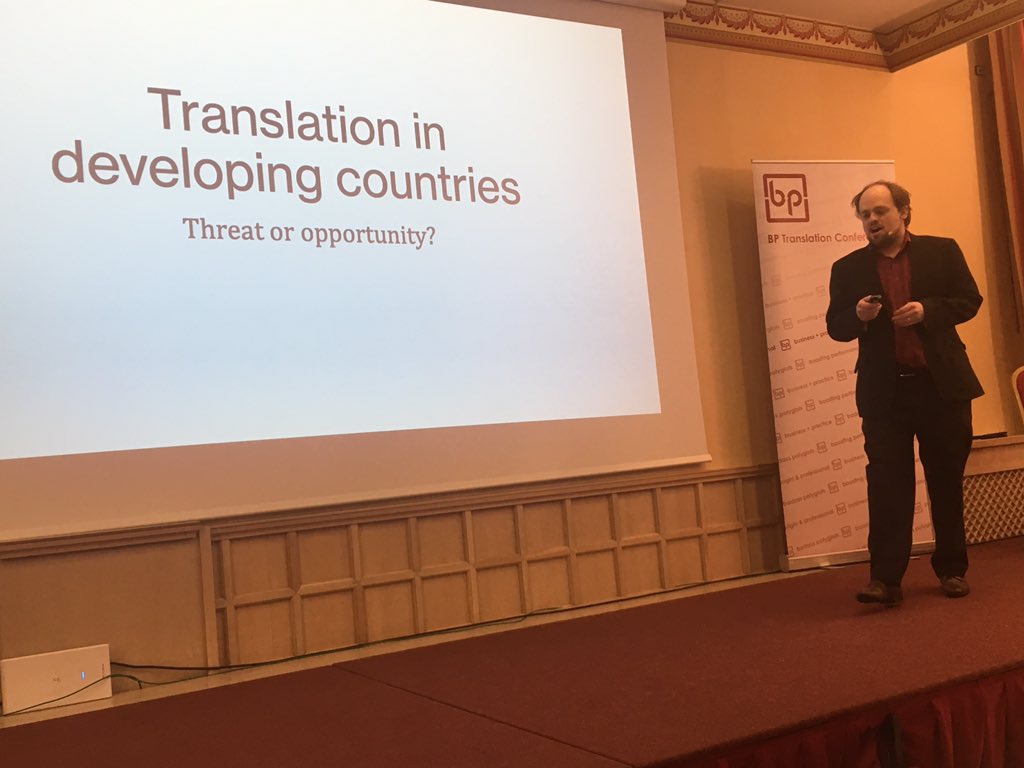

Iwona Piatkowska spoke about effective time management for translators (here you can read the full thread on Twitter). Work chunking is an effective strategy to be productive, and progress tracking has positive psychological effects. As a consequence, we should do 50-60% of the project as soon as possible, set a timer to see how productive we are, and avoid the unnecessary procrastination.
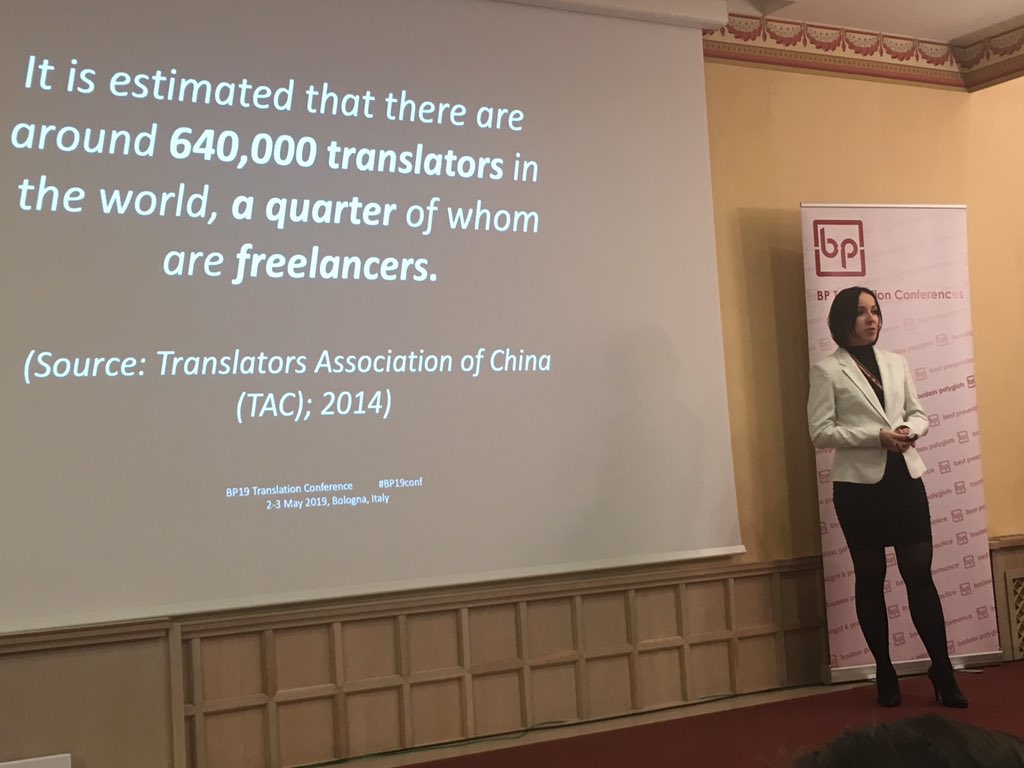
Carlos la Orden Tovar was a great closing speaker, who superbly mixed together many truths with a lot of humour in the same recipe (here you can see the full thread on Twitter). Like in the food industry, Carlos explained that we have different options when it comes to running our business, from untargeted and forgettable services to luxury and high-end solutions. An additional successful option he mentioned is his “classic revisited”, whose features you can find in the picture below.
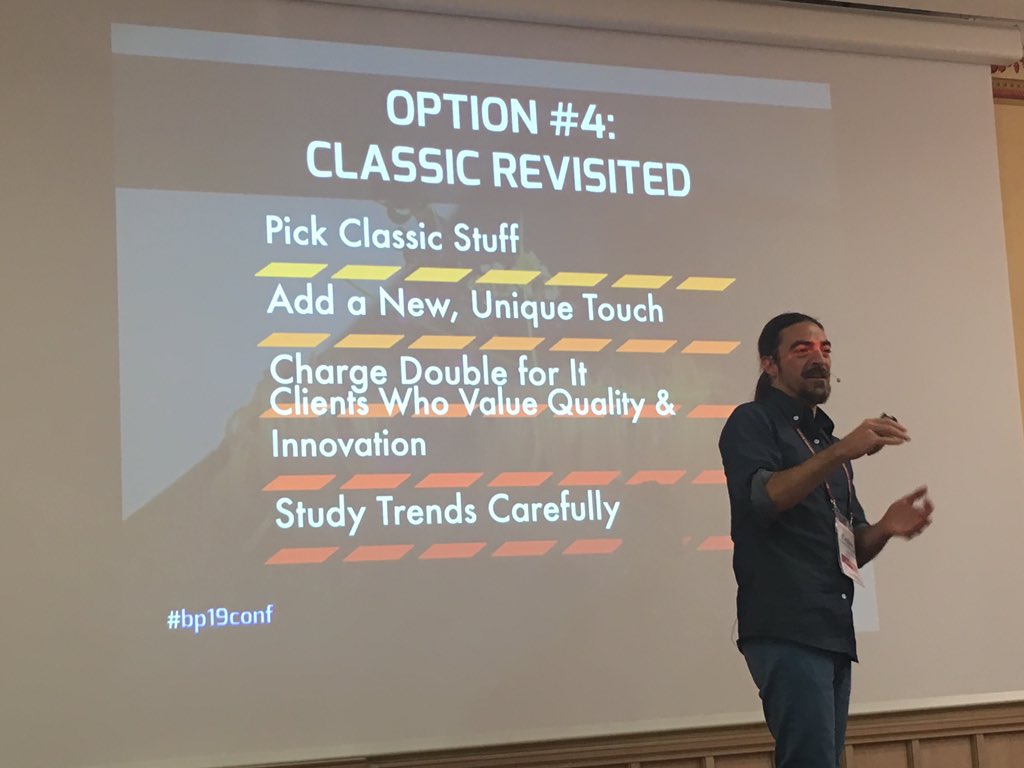
He underlined that it’s not all about the clients, but that it rather depends a lot on us when deciding how to run our business and what service we can offer. In order to deploy our killer strategy, he recommends: studying our ideal clients; engaging with them and finding them; listing our needs; planning buffer time, and considering proper training.
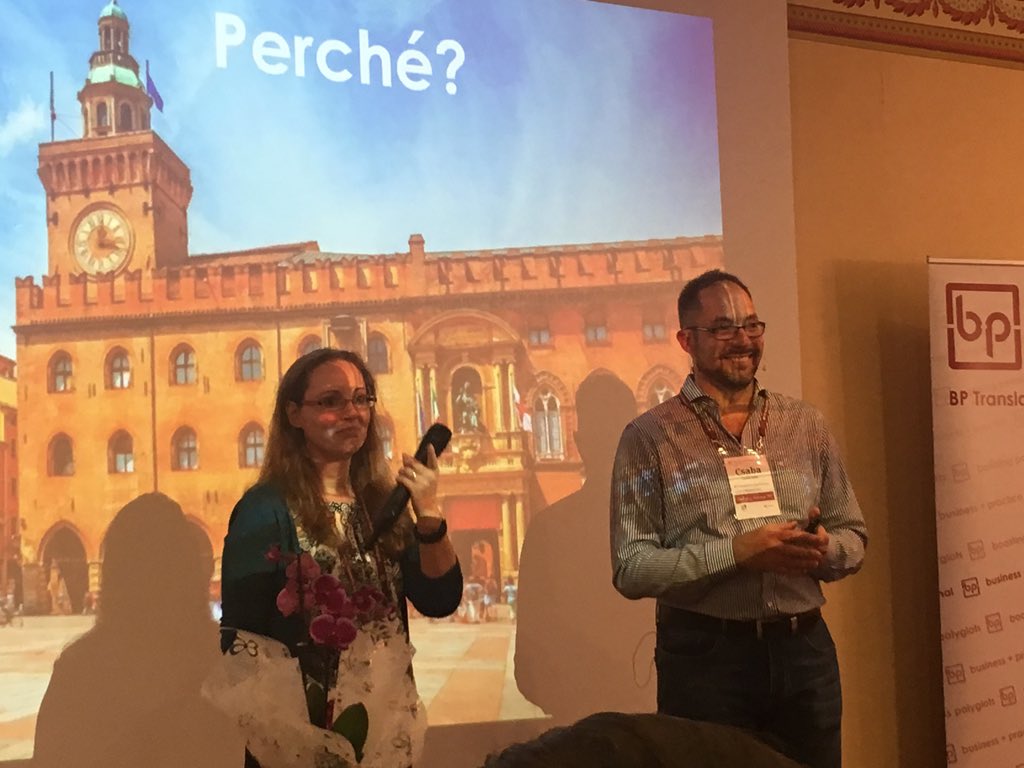
The conference ended with the words of its amazing organiser, Csaba, who explained the reasons behind choosing Bologna and announced that next year BP20 will be held in Nuremberg, Germany, on April 24th and 25th. I personally find incredible how he could take care of everything all on his own (with the help of his wife, but without a team of 100 people) and treated both attendees and us speakers so well, so thanks so much again for the wonderful experience.

P.S. This post will probably be updated as soon as the official pictures (far more decent than mine) and the announcement of the virtual conference will be made. Stay tuned and see you soon! 🙂






